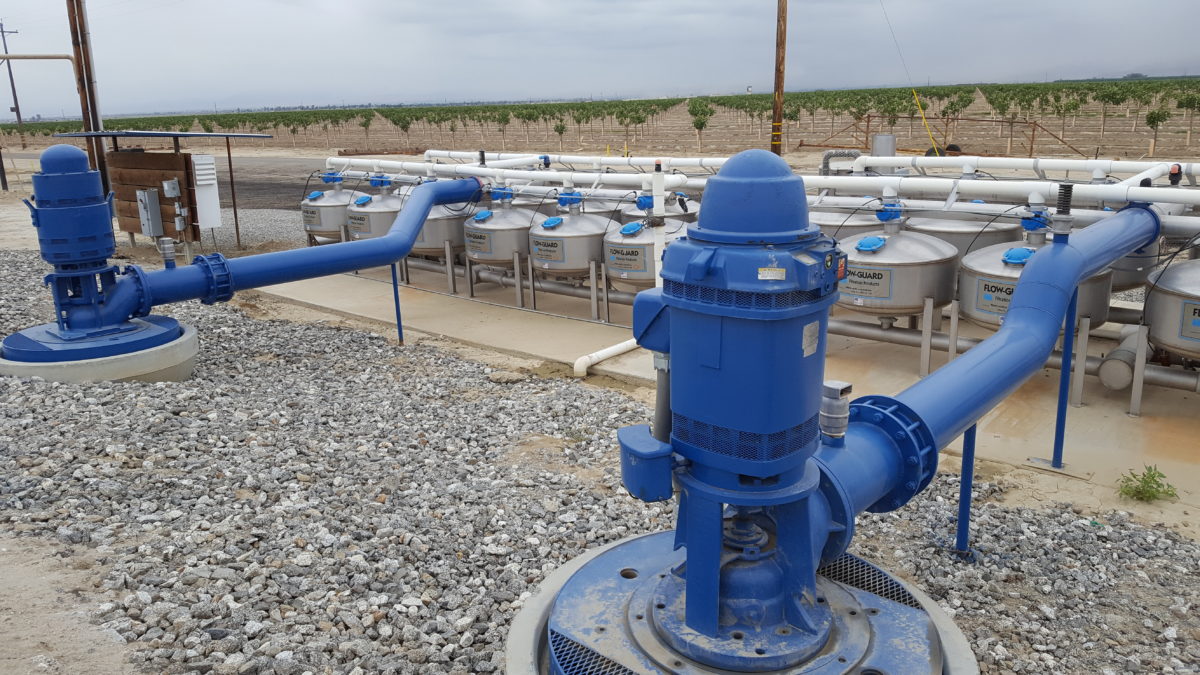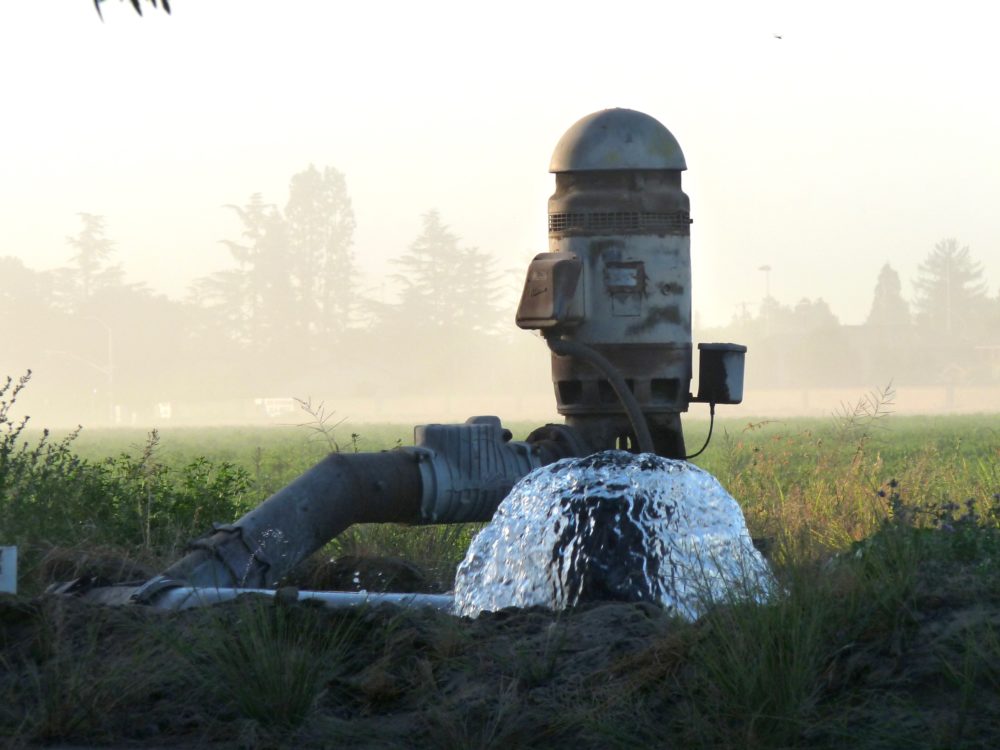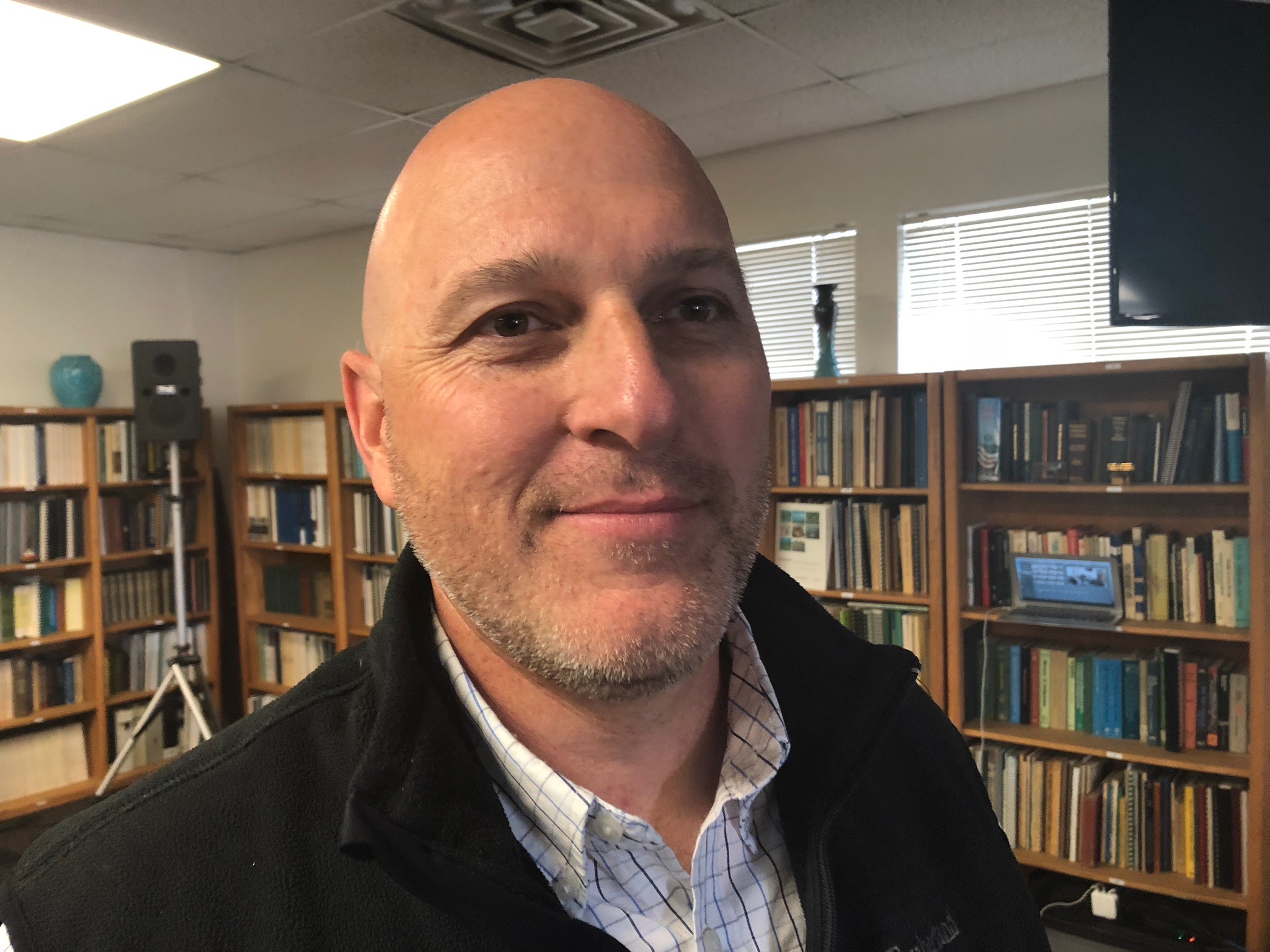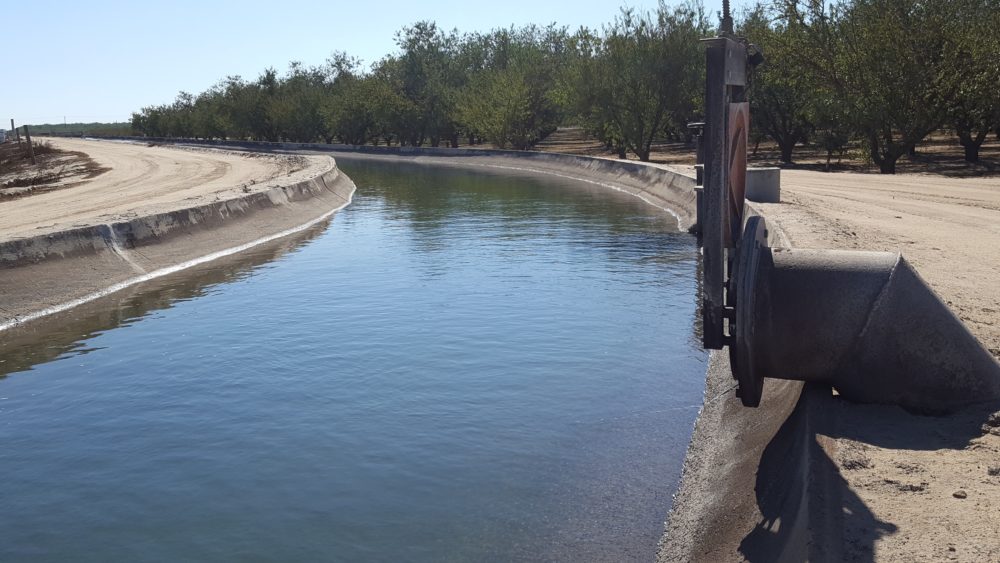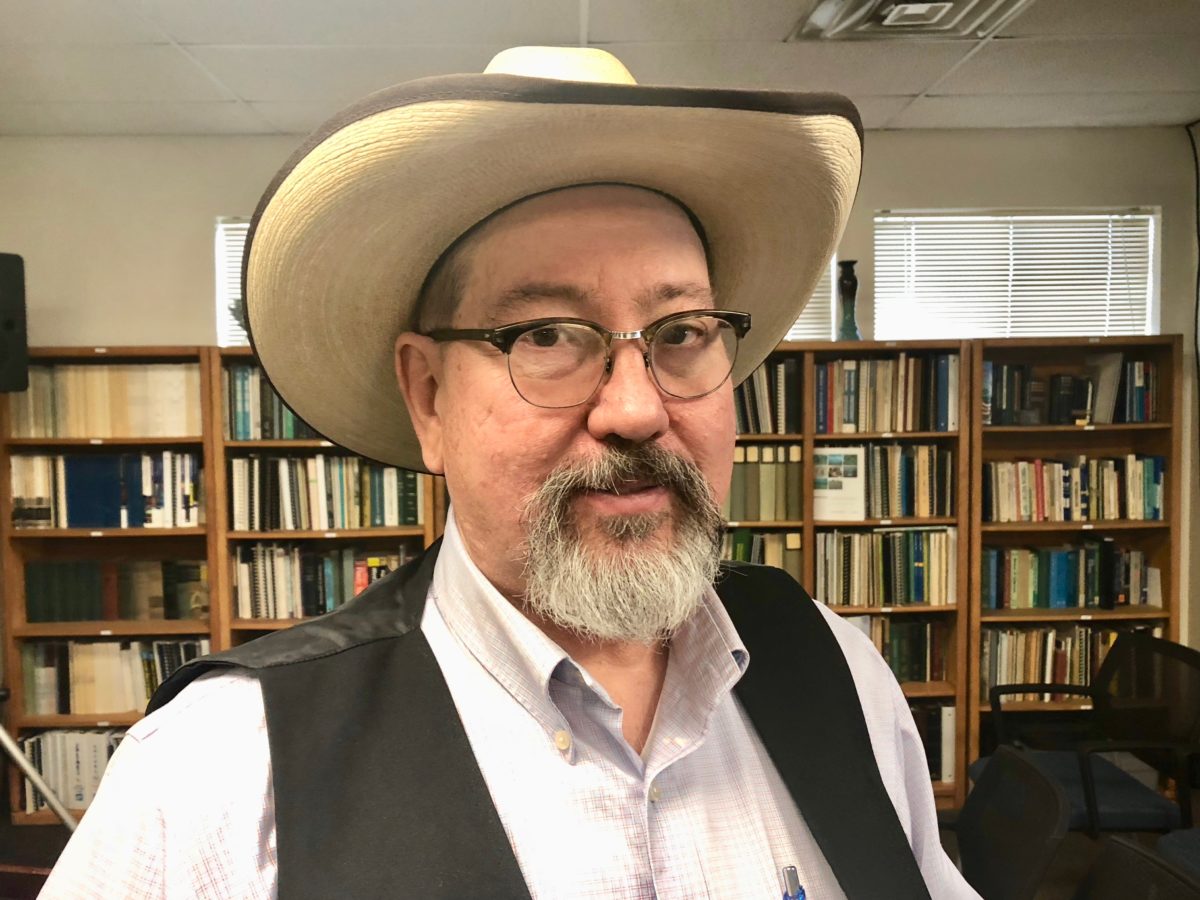List of SGMA GSAs and GSPs
SGMA Update
GSAs Must Develop GSPs
By Don Wright, California Ag Today Contributor
SGMA uses Department of Water Resources Bulletin 118 to define basins and sub basins and assign them numbers. The San Joaquin Valley Basin is number 5-22. Within it are sub basins with their numbers following a decimal. Each sub basin one Groundwater Sustainability Agency or several, but DWR will only recognize one representative GSA per sub basin. Each GSA must develop a Groundwater Sustainability Plan on its own or as a contribution to an overarching GSP as again, DWR will only deal with one GSP per sub basin.
Many of the sub basins with multiple GSAs are combining each of the GSAs’ GSPs into one overarching GSP. Most of the GSAs have released public drafts of their GSPs for review and comment. The following is a list of GSP links. When possible the links go directly to the GSP but many of the links take you to a page that has additional links to the GSPs. Some of them I haven’t found.
Merced Sub Basin 5-22.04
The Merced Sub Basin has formed three Groundwater Sustainability Agencies (GSAs): the Merced Irrigation-Urban Groundwater Sustainability Agency, the Merced Sub Basin Groundwater Sustainability Agency, and the Turner Island Water District Groundwater Sustainability Agency.
Chowchilla Sub Basin 5-22.05
The Chowchilla Sub Basin has four GSAs: Chowchilla WD, Triangle T WD, Madera County and Merced County
GSP https://www.maderacountywater.com/chowchilla-subbasin/
Madera Sub Basin 5-22.06
The Madera Sub Basin has seven GSAs: Madera County GSA, City of Madera GSA, Madera Irrigation District, Root Creek Water District, Madera Water District, Gravelly Ford Water District, New Stone Water District.
GSP https://www.maderacountywater.com/madera-subbasin/
Delta Mendota Sub Basin 5-22.07
The Delta Mendota Sub Basin has 24 GSAs: the Counties of Merced, Madera and Fresno, the Cities of Dos Palos, Firebaugh, Gustine, Los Banos, Mendota, Newman and Patterson, San Joaquin River Exchange Contractors Water Authority, Turner Island WD, Ora Loma WD, DM-II, Northwestern Delta Mendota, Patterson ID, West Stanislaus ID, Widren WD, Central Delta Mendota Regional Multi-Agency, Farmers WD, Aliso WD and Grasslands.
Kings River Sub Basin 5-22.08
The Kings River Sub Basin has seven GSAs: James ID, North Kings, McMullin Area, Kings River East, Central Kings, North Fork Kings and South Kings.
GSP
North Kings https://drive.google.com/file/d/1CgjQ4-oY3AVaKXOexcJnyi3gaVhk5DPM/view
Westside Sub Basin 5-22.09
The Westside Sub Basin has one GSA: Westlands WD
Kaweah River Sub Basin 5-22.11
The Kaweah River Sub Basin has three GSAs: Eastern Kaweah, Mid Kaweah and Greater Kaweah.
GSP East Kaweah
https://ppeng.sharefile.com/share/view/sd08385c0b564a85a/fo4153c4-8351-4fc2-ae23-87be2dbeb1f0
Mid Kaweah https://www.midkaweah.org/documents
Greater Kaweah http://greaterkaweahgsa.org/resources/groundwater-sustainability-plan/
Tulare Lake Sub Basin 5-22.12
The Tulare Lake Sub Basin has seven GSAs; South Fork Kings, Mid Kings, Alpaugh ID, El Rico, Mid Kings River, South Fork Kings and Tri County WA
Tule River Sub Basin 5-22.13
The Tule River Sub Basin has six GSAs: Alpaugh, Delano-Earlimart, Lower Tule River, Pixley, Eastern Tule and Tri-County
https://drive.google.com/drive/folders/1P1M5tayhYI0Jc0-8Tm1o832nQ8WBBibj
Kern Sub Basin 5-022.14
The Kern Sub Basin went from two GSAs to 11 since SGMA began.
Kern River http://www.kernrivergsa.org/?page_id=966
Buena Vista WSD http://bvh2o.com/BVGSA-GSP-DRAFT.pdf
Kern Groundwater Authority http://www.kerngwa.com/gsp.html
Semitropic WSD
Olcese WD https://olcesewaterdistrict.org/sgma/West Kern WD
Arvin Edison WSD http://www.aewsd.org/
Tejon Castaic WD
Wheeler Ridge Maricopa WD

